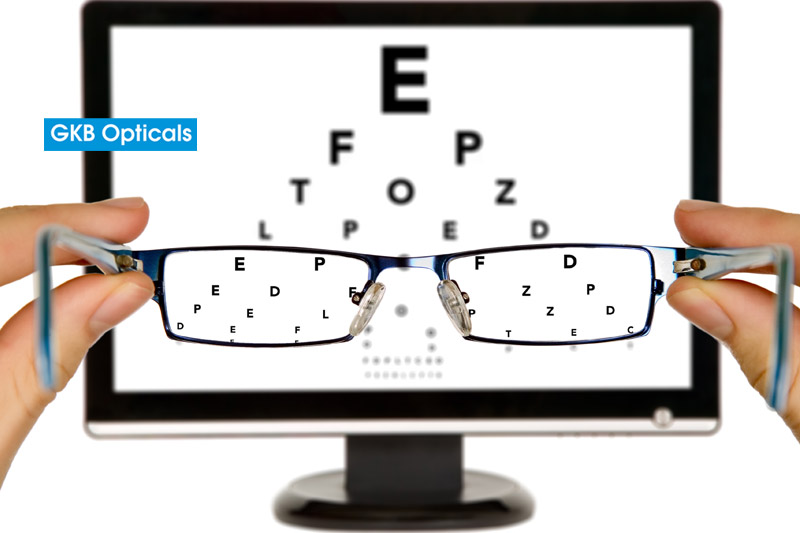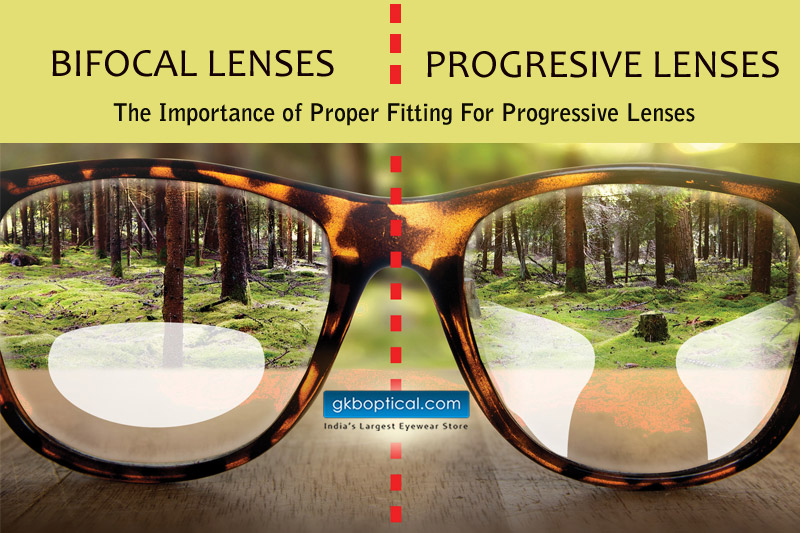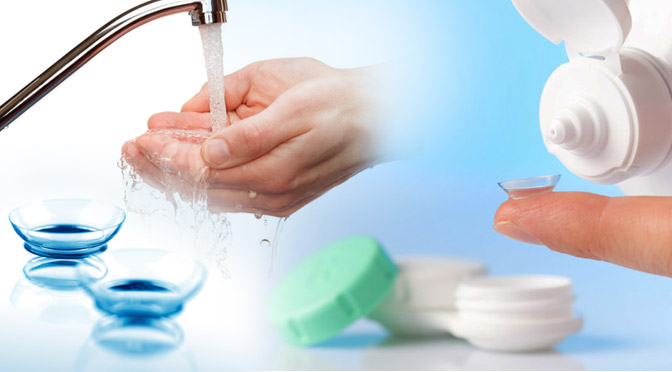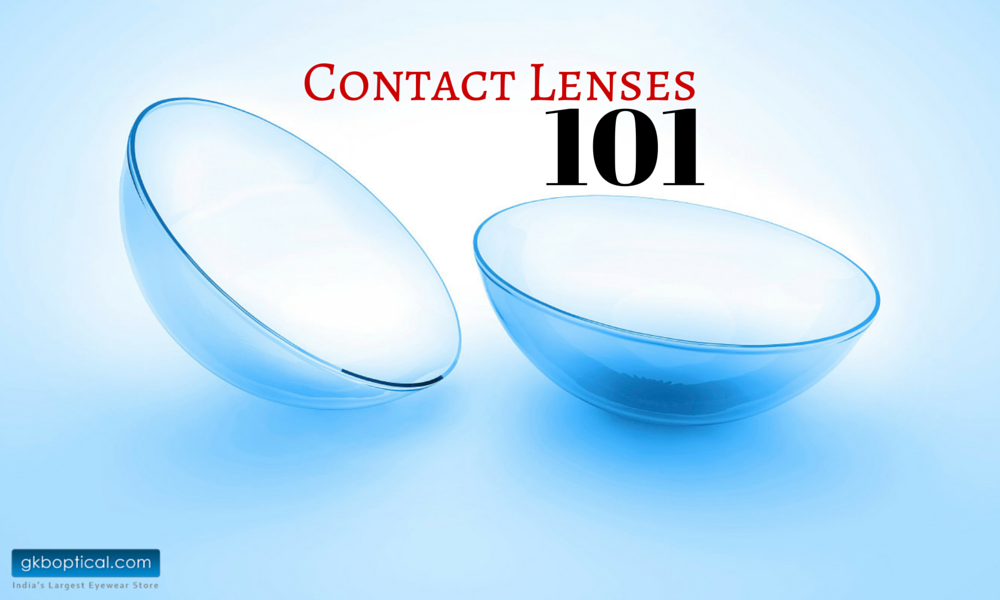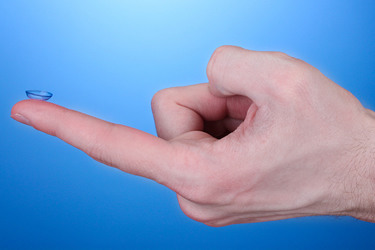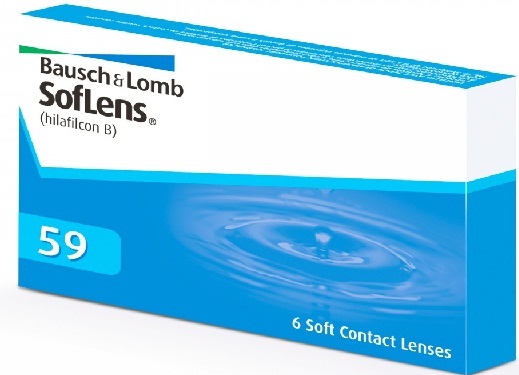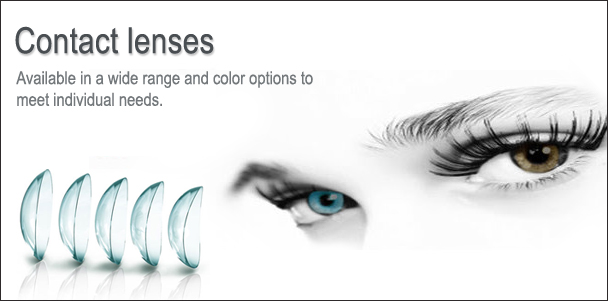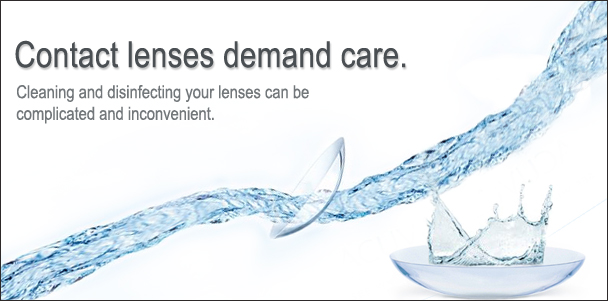Eyes are constantly exposed to extreme heat, dust and now extreme amounts of blue-violet lights from digital devices. With technology taking over our normal lives, even a 10 year old has a phone, iPod and computer where they spend hours at a time.
Every day, after the long hours on the digital devices we experience many eye problems and our eyes feel tired. They sometimes look red and become watery too. This is due to the excessive use of computer and similar digital devices which make our eyes feel strained and cause multiple vision related problems.
Computer screens emit blue and violet lights which are harmful for the eyes. These blue lights penetrate the eyes and affect the retina and the cornea . Overusage of these lights cause macular degeneration in easrly age, create corneal problems and are also known to make the eyes change its shape.
But what If you need to spend hours on the computer due to your work or other reasons? Then there are a few ways to avoid the occurrence of eye problems due to over usage of Digital screens like computer screens:
Restrict the hours spent on the computer. If you spend hours viewing TV show re runs or casually browsing the internet, keep a tab on how much time you’re spending on the computer an try to limit it. If you work on the computer and cannot cut it down, then take a small break once in a while to ensure your eyes are given proper rest.
When you use a computer check the monitor settings and reduce the backlit brightness to the minimum, so that your eyes can be kept away from extreme bright lights. Now, if still the light is too bright, use a matte computer monitor protector to make the screen less harmful for your vision. Alternatively use a pair of tinted computer glasses in india to see lower levels of light.
Following the 20-20-20 method is important and beneficial for resting your eyes. It’s the rule which says to take a small break of 20 seconds from the computer screen. After every 20 minutes or so, shift your gaze to something that’s 20 feet away and focus on it for 20 seconds. This helps to keep your eyes healthy.
Add anti glare and anti blue light lenses to your favorite branded eyewear. If you wear eyeglasses, add anti glare and anti reflective lenses in your power. This helps shield your eyes from the reflections on the screen and also prohibits the glares on the surface from entering the eyes. Also, blue light cutting lenses help reflect the amount of blue light tha was going to enter the eyes.
Use eye drops when your eyes start to become dry. If your eyes feel dry after long hours of computer usage, use eye drops.
So, that’s some simple tips to help your eyes stay healthier in a time we are all engaged with digital devices for work and leisure.

